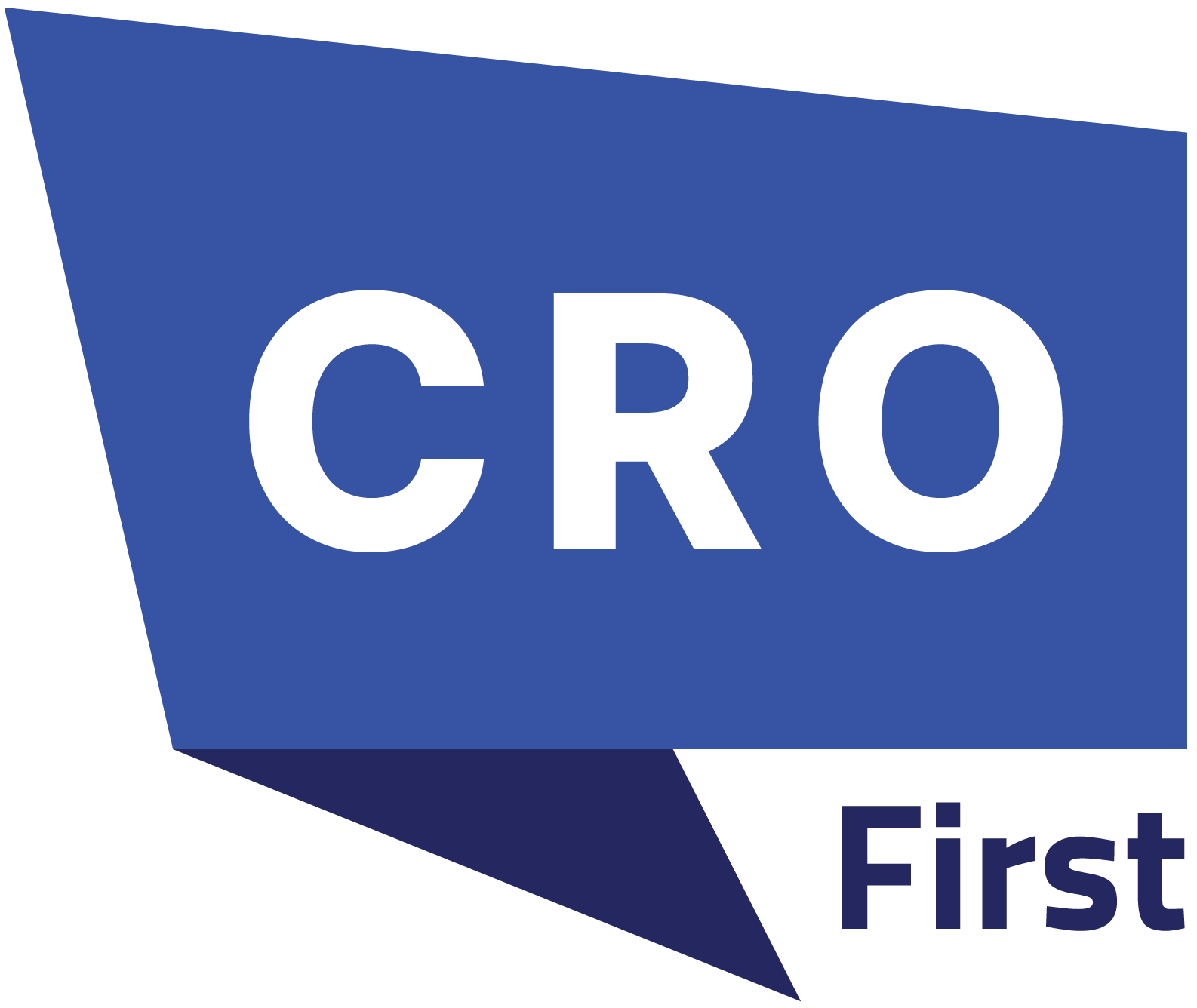The revenue model is evolving. In today’s business environment, separating sales, marketing, and customer experience into isolated functions no longer works. It slows momentum, fractures visibility, and creates unnecessary friction across the customer journey.
The most resilient companies now operate differently. They align these core teams behind a shared objective, delivering long-term customer value. Revenue is no longer the final metric. It is a signal of how well the organization understands, serves, and retains its customers.
This shift changes how teams think, act, and measure success. Marketing is not just responsible for awareness. Sales is not just focused on pipeline. CX is not just a reactive function. When aligned, these groups become a single system working toward the same outcome: growth driven by meaningful, sustained relationships.
A Shift in the Revenue Conversation
Revenue is no longer the end of the process. It is the midpoint of a much longer relationship. A closed deal does not guarantee growth. If the customer leaves six months later, the win turns into churn. This is why the focus must shift from closing deals to building continuity, from conversion to retention.
Traditionally, each function has worked toward its own target. Marketing concentrates on engagement. Sales drives toward quotas. Customer experience steps in after something goes wrong. The result is a fragmented journey with misaligned expectations and uneven accountability.
Alignment addresses that. When teams share goals and see the full customer lifecycle, they stop pulling in different directions. Revenue becomes a collective outcome and not a separate metric tied to disconnected actions. Teams no longer just complete their part of the process. They support the full arc of the relationship.
Why Alignment Is a Business Imperative
Treating revenue as a shared responsibility rather than a departmental target transforms how companies operate. Teams respond more quickly, messaging adapts in real time, and potential friction is resolved before it leads to customer churn.
This is not just theory, it’s proven in real business outcomes. Sustainable revenue growth relies less on acquiring large volumes of customers and more on consistently delivering value throughout the customer lifecycle. According to McKinsey, enhancing customer experience can lead to a 2–7% increase in sales revenue, a 1–2% boost in profitability, and a 7–10% rise in shareholder returns.
While sales may secure the initial account, marketing shapes customer expectations, and customer experience either reinforces or damages those expectations. When alignment breaks down, so does the customer relationship.
One Goal, Three Teams, Zero Gaps
A successful revenue strategy depends on full-loop accountability. Teams should not be evaluated solely on isolated tasks but on how their efforts contribute to overall customer outcomes.
Marketing’s role extends beyond lead generation; it must ensure that leads are properly qualified and aligned with the product’s value. Sales is responsible for more than closing deals, it sets the foundation for lasting partnerships. Meanwhile, customer experience goes beyond resolving tickets; it drives retention, loyalty, and growth within accounts. A 2024 Gartner survey revealed that only 14% of customer service issues are fully resolved through self-service channels, even for simple issues. This underscores the importance of effective cross-functional collaboration to improve customer support systems and reduce friction before it turns into churn.
When all functions share the same goal, the entire system operates more efficiently. Goals become clearer, data gains meaning, and teams stop working in silos. Instead, they move forward together, aligned and focused on the full customer journey.
Also Read: The Role of Behavioral Data in Account-Based Marketing (ABM) Success
The Role of Infrastructure and Language
Culture alone cannot create true alignment, operations must back it up. This means connecting data systems, syncing tools, and using shared definitions of success. Simply having a unified CRM isn’t enough; what really matters is whether insights are accessible at every touchpoint and whether they drive better outcomes.
Communication also plays a crucial role. When marketing focuses only on lead volume while customer experience (CX) tracks satisfaction scores, alignment breaks down. Metrics must be unified, and the language teams use should reflect shared priorities. Even if systems are integrated, siloed incentives can cause alignment to fail before it starts.
Trust, Timing, and Transparency

True alignment depends on more than coordination, it requires trust and clear visibility across teams. Sales needs to understand which marketing campaigns are gaining traction, marketing must be aware of objections slowing deals, and CX should know exactly what promises sales made during the process.
This is not about control but about orchestrating efforts efficiently. Timely information sharing is critical; insights must flow rapidly. Delaying communication until quarterly reviews or after-action reports can damage customer relationships. For example, if onboarding issues arise, sales should be informed within hours rather than after customer satisfaction deteriorates.
The benefits of this approach are measurable. Proper alignment not only boosts overall revenue but also improves its quality. When teams work in sync, they see fewer cancellations, lower support volumes, and more upsell opportunities fueled by increased customer satisfaction.
The Customer Journey Is the Revenue Model

Alignment only works if every team is anchored to the customer journey. Not just as a diagram on a slide, but as a living framework that drives daily decisions. That journey starts before the first touchpoint and extends beyond renewal.
It includes marketing campaigns that educate instead of oversell. Sales conversations that clarify instead of overpromise. Onboarding flows that reduce time to value. Support systems that deliver outcomes, not just resolutions. When each step is designed to serve the customer, the entire system becomes more predictable. Revenue becomes the output of experience. Companies no longer need to guess which tactics work. They can measure the impact of alignment by looking at account health, lifecycle velocity, and advocacy rates.
Shared Metrics, Not Shared Software
Technology enables alignment, but it does not create it. A shared platform is useful. A shared metric model is critical. That means tracking the entire funnel through one lens. Not just marketing-qualified leads or sales-accepted opportunities, but customer lifetime value. Retention rate. Time to expansion. Net revenue retention. These metrics speak across functions. They point to customer success as the core performance driver.
Without shared metrics, each team optimizes in isolation. Marketing focuses on traffic. Sales pushes volume. CX triages complaints. The business moves, but not forward. Alignment turns motion into momentum. It ensures that all actions support the same long-term result. Every handoff is a continuation, not a reset.
Leadership Sets the Pace
Alignment is not a grassroots movement. It is a leadership responsibility. Recent UK government reports highlight how leadership fosters cross-functional collaboration. The 2022–25 UK Roadmap for Digital & Data (updated September 2023) states that embedding digital, data, and technology leads into policy teams is key to bridging divides between functions and accelerating impact across government departments. This shows that leadership-led alignment is already shaping public sector transformation at scale. Executives must define the North Star. They must model collaboration. They must reward it. This does not mean merging departments. It means merging priorities. Cross-functional planning becomes the default. Joint KPIs replace isolated scorecards. Standups include insights from all sides of the journey.
Leaders also need to create space for friction. Misalignment will surface. That is not failure. That is progress. The key is to treat those moments as signals, not setbacks. When leadership enforces shared ownership of outcomes, alignment becomes more than an initiative. It becomes a culture.
The Long Game: Resilience Through Alignment
Markets will shift, budgets will tighten, and channels will evolve. Alignment is what keeps revenue steady when the environment changes. When marketing, sales, and customer experience (CX) work toward a shared purpose, they adapt faster. They spot demand patterns earlier and adjust course before problems escalate.
This doesn’t require perfection but consistency. Alignment builds organizational muscle. Over time, it reduces wasted spend, accelerates growth, and strengthens customer loyalty. It also creates resilience. Aligned teams recover more quickly from downturns, outpace slower competitors, and retain customers through uncertainty.
Conclusion
The future of revenue growth isn’t about new tools or trends, it’s about a new mindset. Sales, marketing, and CX can no longer function as separate engines; they must operate as one unified system powered by shared data, common goals, and continuous feedback. Customer value must be the North Star. Teams aligned around this will outperform not only in total revenue but also in revenue quality, consistency, and durability. Companies that act now will build a lasting competitive advantage, while those that delay risk the high cost of persistent silos.

